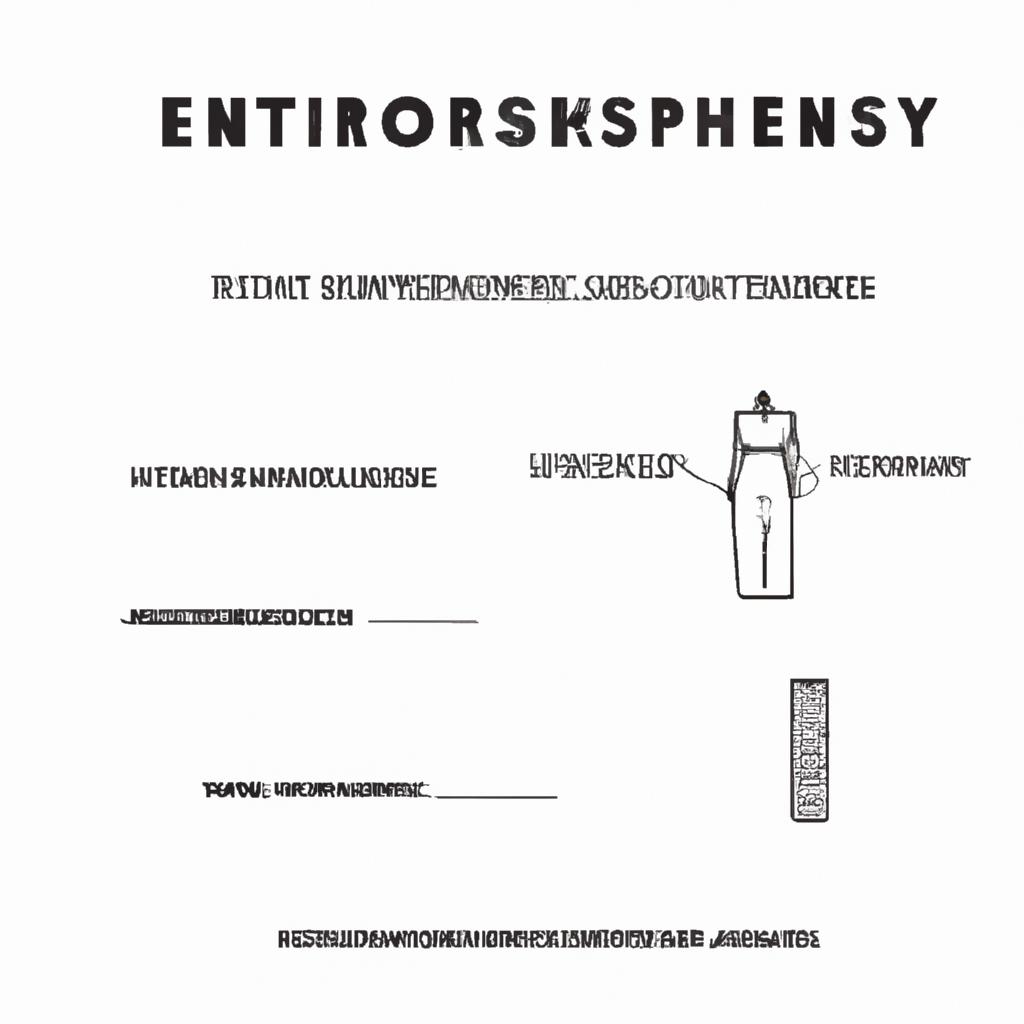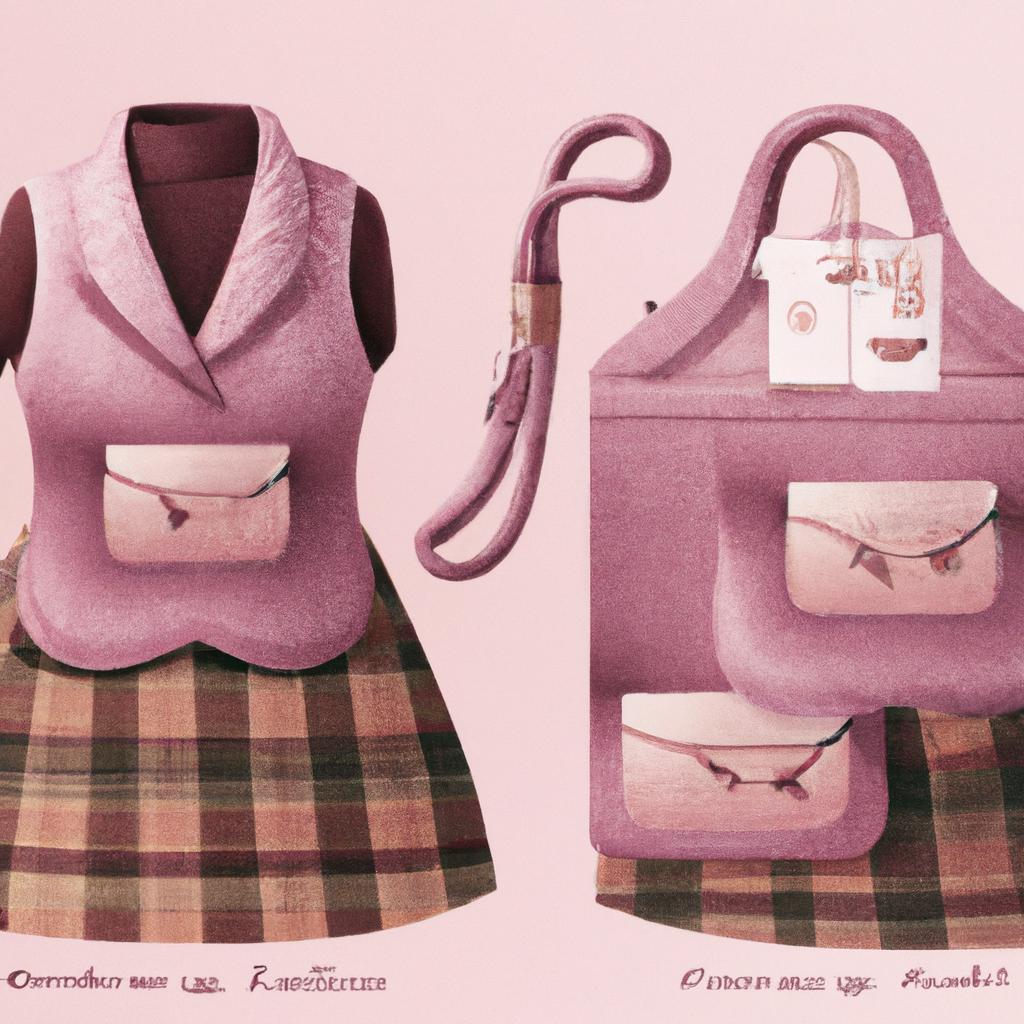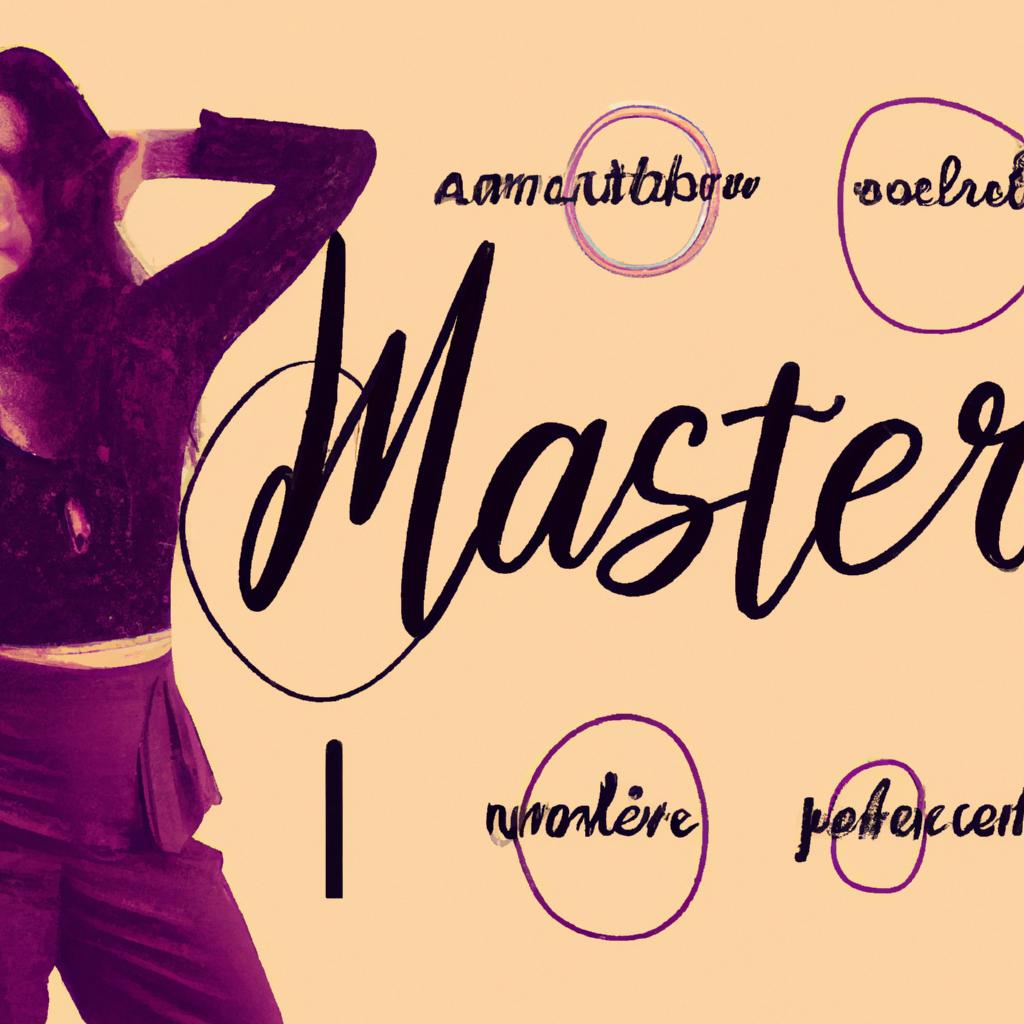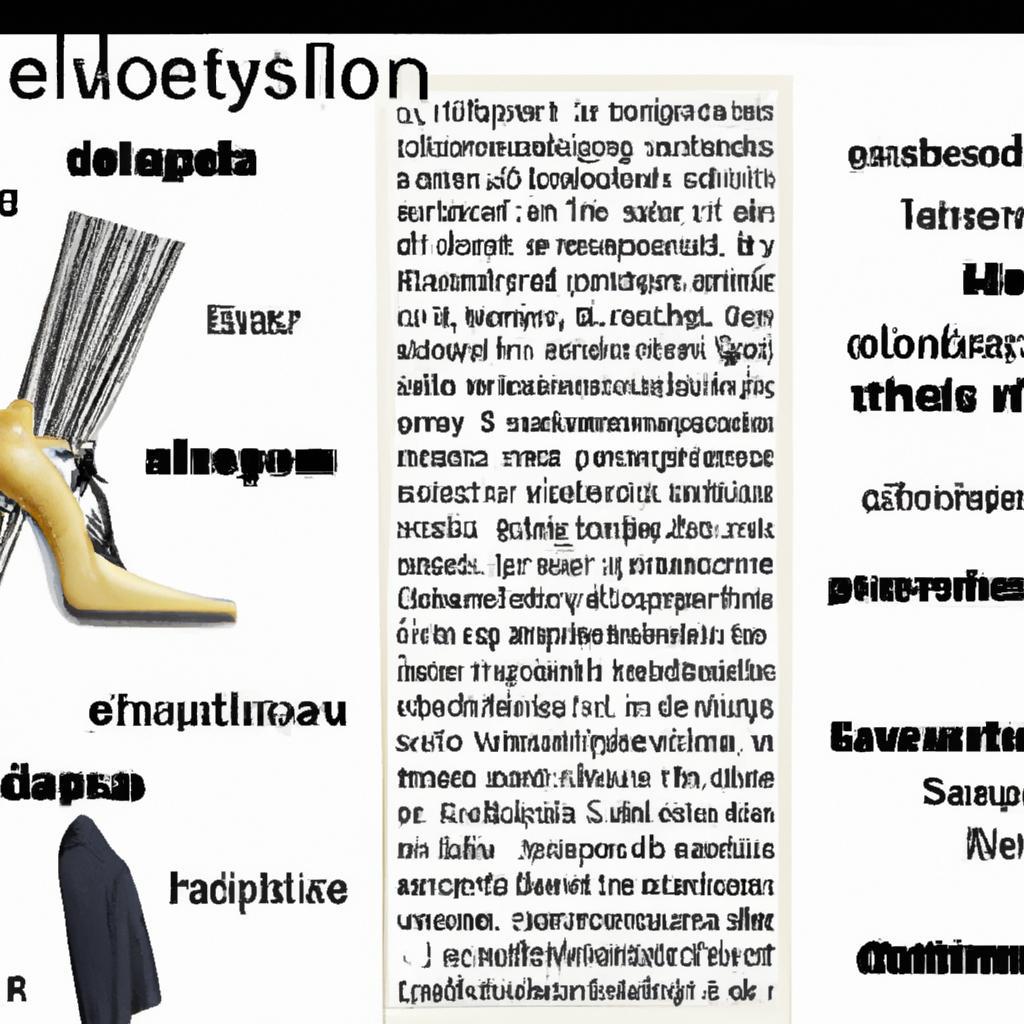Decoding Style: Insights from the Fashion Encyclopedia on Key Terminology
In the ever-evolving world of fashion, the language we use can often feel as intricate as the garments we wear. Behind the seams of trendy silhouettes and vibrant color palettes lies a lexicon filled with terms that not only define aesthetics but also convey cultural significance and historical context. From the classic elegance of “haute couture” to the edgy allure of ”streetwear,” the fashion encyclopedia serves as a crucial guide, demystifying the multitude of styles that have shaped our wardrobes and cultural identities. In this article, we will embark on a journey through this rich repository of fashion terminology, unraveling the meanings and implications behind key terms that influence our perceptions and choices. With insights drawn from the very heart of fashion literature, we aim to equip you with a deeper understanding of style, allowing you to navigate the fashion landscape with confidence and clarity. Join us as we decode the language of fashion, one term at a time.

Understanding Fashion Glossary Essentials
Delving into the world of fashion unveils a language all its own. Understanding this jargon is crucial for navigating trends, making informed purchases, and articulating personal style. Terms like **avant-garde**, **silhouette**, and **couture** are not just fancy words; they carry rich meanings that influence design and consumer choices. For instance, recognizing the difference between **ready-to-wear** and **haute couture** can significantly alter one’s perspective on clothing and fashion shows alike, allowing fashion enthusiasts to appreciate the artistry behind each collection more deeply.
To enhance your fashion lexicon, familiarize yourself with essential terminology that frequently appears in the glossy pages of magazines and on designer runways. Here are some terms that deserve attention:
- Chic: Effortlessly stylish.
- Minimalism: A design approach focused on simplicity.
- Layering: Combining multiple garments to create depth and intrigue.
- Monochrome: A palette utilizing one color in various shades.
- Statement Piece: An item that boldly defines an outfit.
Another key aspect to understand is the classification of fabrics and their influences on garment construction. Below is a quick reference table that highlights some common fabrics and their preferred uses in fashion:
| Fabric | Characteristics | Common Uses |
|---|---|---|
| Silk | Luxurious, smooth, drapes beautifully | Dresses, blouses, scarves |
| Cotton | Breathable, versatile, soft | T-shirts, casual wear, linens |
| Wool | Warm, durable, can be itchy | Coats, sweaters, suits |
| Denim | Sturdy, casual, ages well | Jeans, jackets, skirts |
| Chiffon | Lightweight, sheer, flowy | Evening gowns, overlays, blouses |

Unpacking Style Language for Everyday Wear
The evolution of style language in everyday wear is a fascinating tapestry woven from various influences, cultures, and trends. At its core, style language comprises the **terms and acronyms** that define what we wear and how we express ourselves through clothing. Understanding these foundational elements can empower individuals to develop their personal aesthetic, as well as better navigate the fashion landscape. Some key terms that come to life in everyday wear include:
- Casual Chic: A blend of laid-back comfort and refined elegance, perfect for various occasions.
- Athleisure: The seamless integration of athletic wear into daily outfits, striking the perfect balance between function and style.
- Layering: A technique that adds depth and interest by combining different garments, textures, and colors.
Furthermore, the understanding of fabric types and cuts is essential for achieving an aesthetically pleasing wardrobe. The right combination can elevate a simple outfit into something spectacular. Consider the following fabric types that encapsulate comfort and style:
| Fabric Type | Characteristics |
|---|---|
| Cotton | Breathable, versatile, perfect for everyday clothing. |
| Denim | Durable, stylish, ideal for casual wear. |
| Modal | Soft, lightweight, offers a luxurious drape and feel. |
| Linen | Cool, crisp, perfect for warm weather with a classic aesthetic. |

Mastering Fashion Terminology for Personal Expression
Understanding fashion terminology is crucial for anyone looking to express themselves through their style. By grasping the various terms and concepts, you can curate your wardrobe and articulate your personal aesthetic with confidence. Familiarizing yourself with key concepts can also lead to more informed shopping decisions, where knowing the difference between silhouette, pattern, and texture allows you to mix and match pieces with skill. Some essential terms to consider include:
- Silhouette: The overall shape or outline of an outfit.
- Palette: The color scheme that defines your style.
- Fabric: The material from which a garment is made, influencing its look and feel.
As you navigate your style journey, remember that context often informs terminology. For instance, the word avant-garde signifies innovative styles that challenge norms, while capsule wardrobe refers to a collection of versatile pieces that can be mixed and matched. Delving deeper into fashion terminology not only enriches your understanding but also empowers you to embrace a dialogue around personal and collective style experiences. To illustrate the differences between various styles, consider the following:
| Style | Description |
|---|---|
| Bohemian | Characterized by vibrant colors and eclectic patterns, reflecting a free-spirited lifestyle. |
| Minimalist | Emphasizes simplicity with clean lines and a restricted color palette. |
| Streetwear | Casual, urban fashion influenced by hip-hop culture and skateboarding. |
Wrapping Up
as we journeyed through the intricate fabric of fashion terminology, we uncovered not just words, but the very essence of style itself. From the understated elegance of “chic” to the bold statement of “avant-garde,” each term serves as a thread that weaves together the diverse tapestry of fashion culture. The Fashion Encyclopedia has provided us with invaluable insights, enriching our understanding and allowing us to articulate our own personal styles with precision and passion.
As trends continue to evolve and new styles emerge, the lexicon of fashion will undoubtedly expand. Embracing this vocabulary empowers not only designers and critics but also enthusiasts and everyday wearers who seek to express their individuality. So, as you step into the world of fashion, let these terms guide you, inspire you, and perhaps even challenge you to redefine your own style narrative. After all, fashion is not merely about clothing; it’s a vibrant form of expression that deserves to be understood and celebrated. Happy styling!

